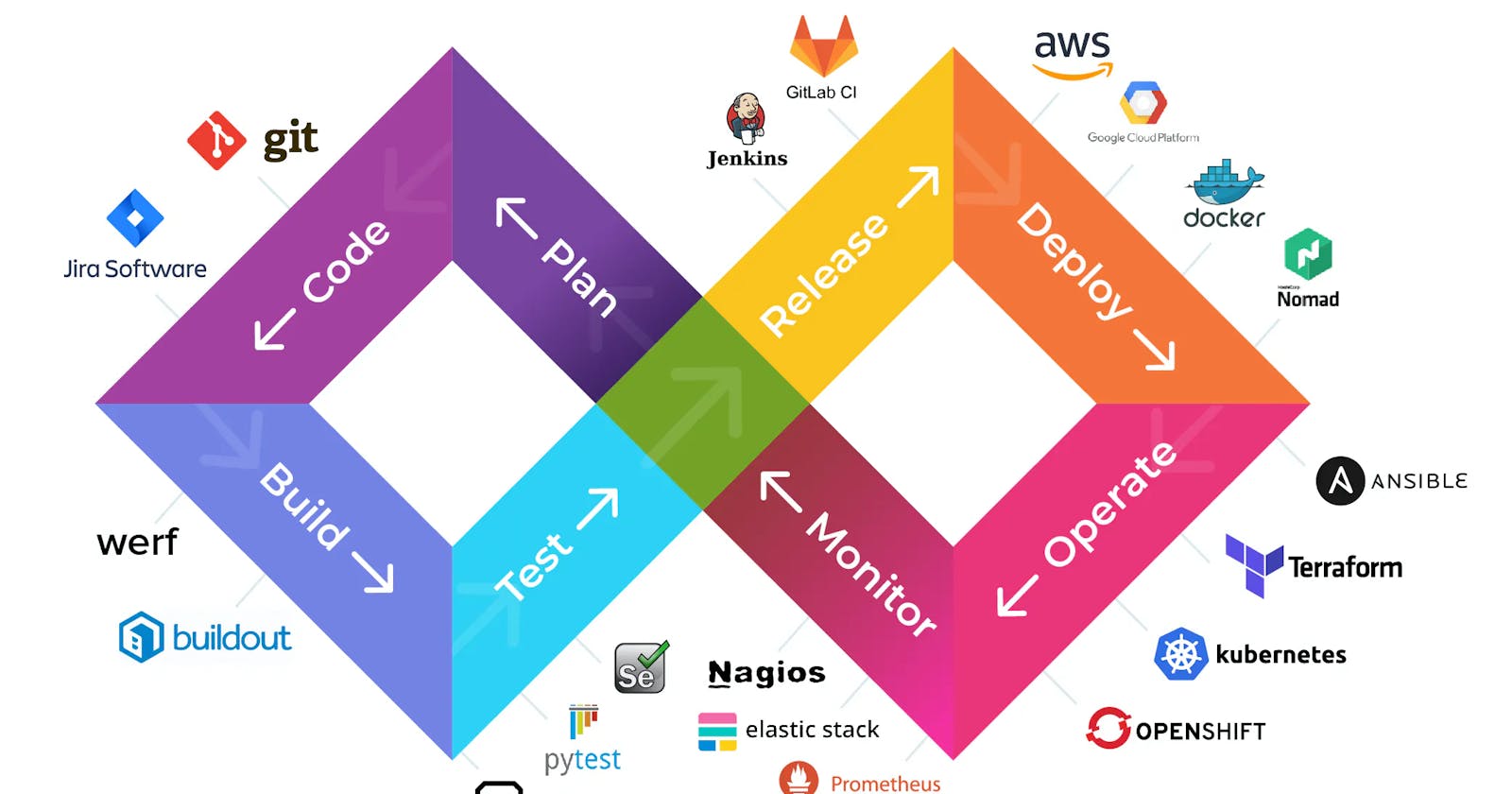Day 1 of #90DaysOfDevOps with the #TrainWithShubham Community. The challenge is for the DevOps Community to get stronger in DevOps. It is a great initiative by Shubham Londhe. Documenting my learning and also sharing it with the community is helping me to get more clear with the concepts.
What is DevOps?
DevOps is a set of practices, methodology, and rules that combines software development (Dev) and IT operations (Ops) to shorten the systems development life cycle and provide continuous delivery with high software quality.
What are Automation, Scaling, and Infrastructure?
Automation
Automation is the practice of automating repetitive and manual DevOps tasks to be carried out without any human interaction. The goal of DevOps automation is to streamline the DevOps lifecycle by reducing manual workload. This automation results in several key improvements such as continuous integration, faster deliveries, and continuous deployments.
Scaling
Selection of tools that lead to better performance in development and deployments. Scalability refers to the ability of the business to set up its systems to grow during times of high demand and scale back when demand decreases. It can be horizontal or vertical.
Infrastructure
The infrastructure consists of servers, storage, and networks that we use in organizations. In context the selection of networks, virtual machines, connection topologies, load balancing, etc.
What are the key aspects behind Devops?
Development and operations teams coalesce into a functional team that communicates, shares feedback, and collaborates throughout the entire development and deployment cycle. DevOps Practices:
Continuous integration
Continuous deployment
Automation
Infrastructure as code
Continuous Monitoring and Logging
Communication and Collaboration
Why DevOps is important?
In the modern world, more and more businesses are embracing DevOps in an effort to speed up delivery and close the gap between their development and operations teams.
It helps in the continuous delivery of software
Better collaboration between teams
For easy deployment
Better efficiency and scalability
Errors are fixed at the initial stage
It has more security

